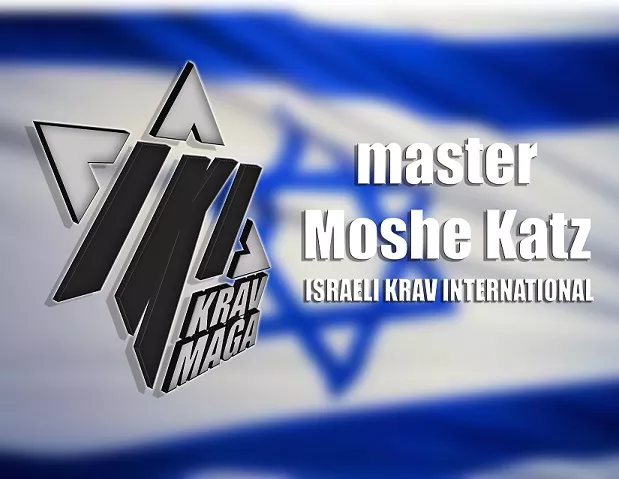- Home
- Krav Maga Blog
- Krav Instructors
- Train in Israel
- Tour Train Israel
- Krav Shop
- DVD
- Kickboxing
- IKI Near Me
- Seminars
- IKI Membership
- On-Line Training
- Krav Maga Training
- Testimonials
- History Krav Maga
- Instructors Page
- Past Blogs
- Spanish
- Italian
- Certification
- Contact
- Holland Seminar
- Vienna Seminar
- Poland Seminar
- Italy Seminar
- Belt Requirements
Your First Move
BY MOSHE KATZ
CEO
ISRAELI KRAV INTERNATIONAL
December 20, 2024, Israel
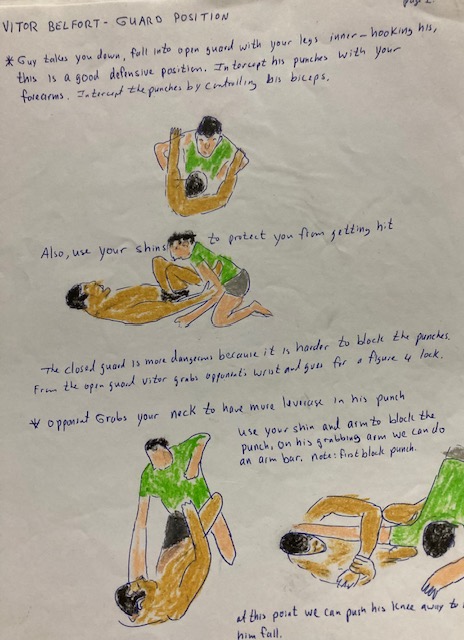
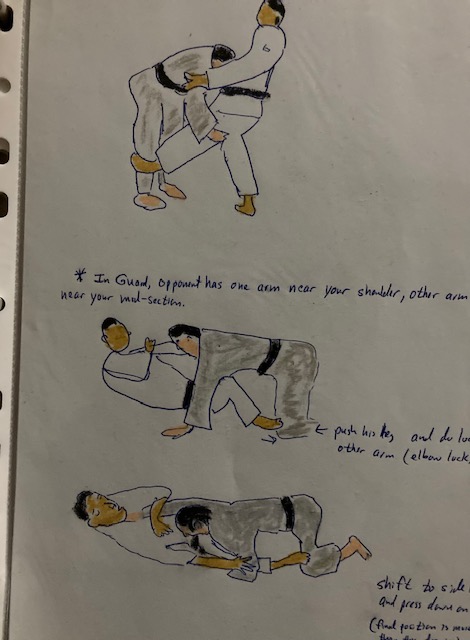
Notes and sketches from my early years of martial arts training, in many styles.
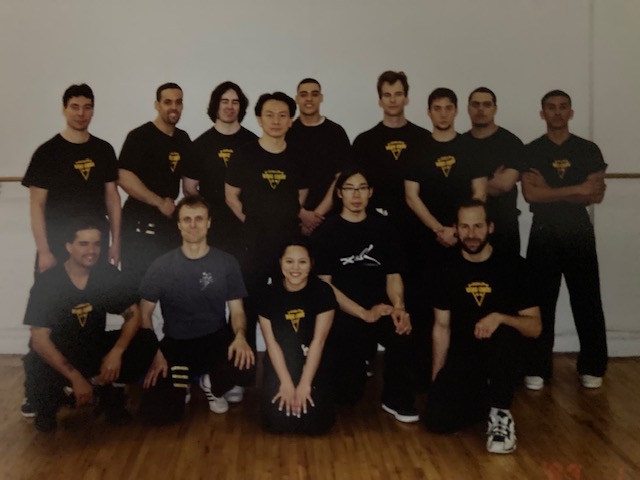
With Sifu Chun Kwok Chow, Wing Chun Kung Fu

With my karate instructor, Saiko Shihan (Grand Master) Shigeru Oyama, Kyokushin Karate
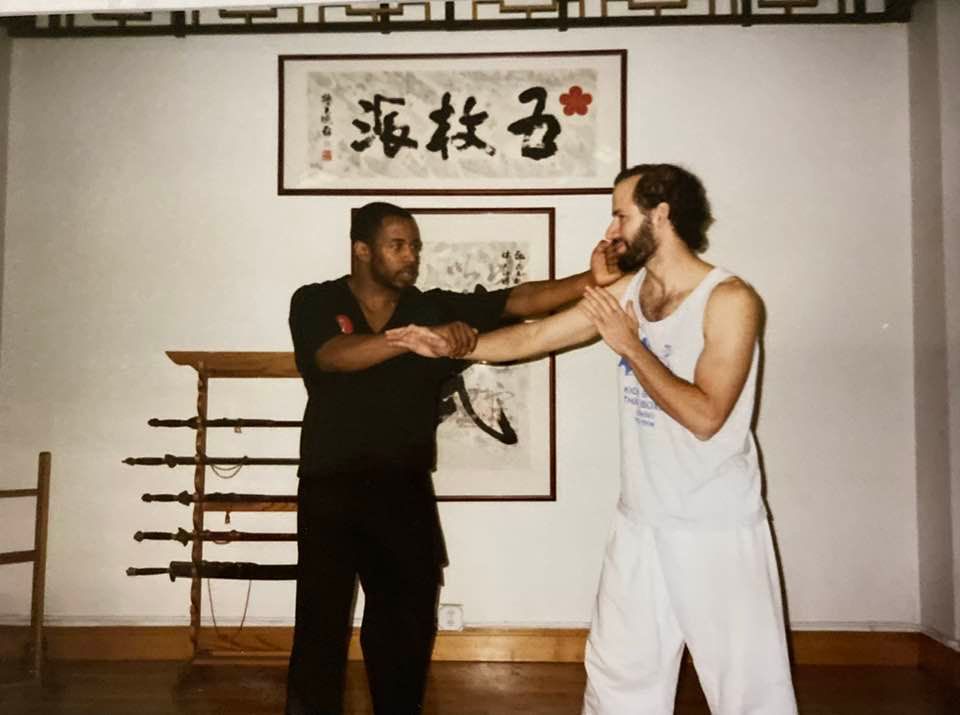
With Sifu Maurice Llewlyn, Wing Chun master, and heavy weight champion.
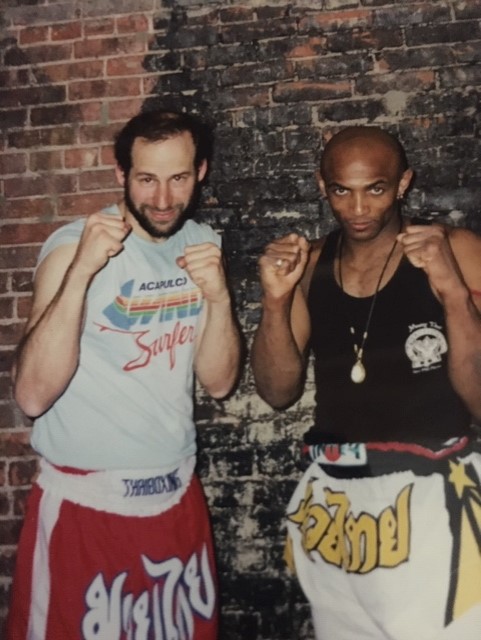
With Muay Thai master instructor and champion, Kru Phil Nurse

With the first family of Kickboxing, with Sensei Benny the Jet, Sensei Sarah and their daughter Monique. California.

Black Belt test, Sensei Itay Gil, Jerusalem, 18 years of training, 3 times per week, 3 lessons per day plus special training sessions. Krav Maga, Judo, Kickboxing, MMA.
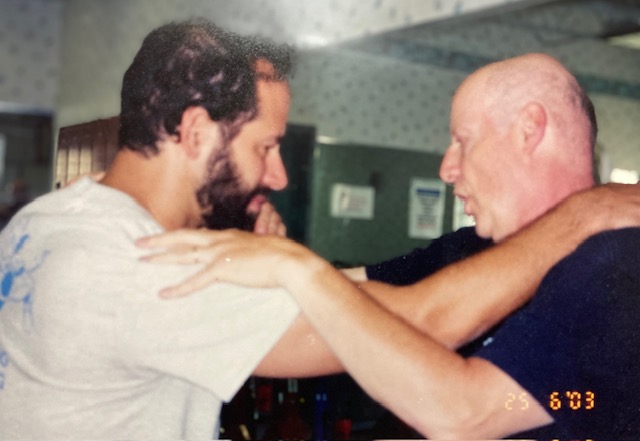
Professor Arthur Cohen, master instructor Korean arts, Control points, the Street wise professor, 15 years of training together.

With Master David James, V Arnis Jujitsu, Chambers Street, downtown New York City

Training with Royce Gracie, Jerusalem, Israel


Training with the Guardian Angles, New York City.
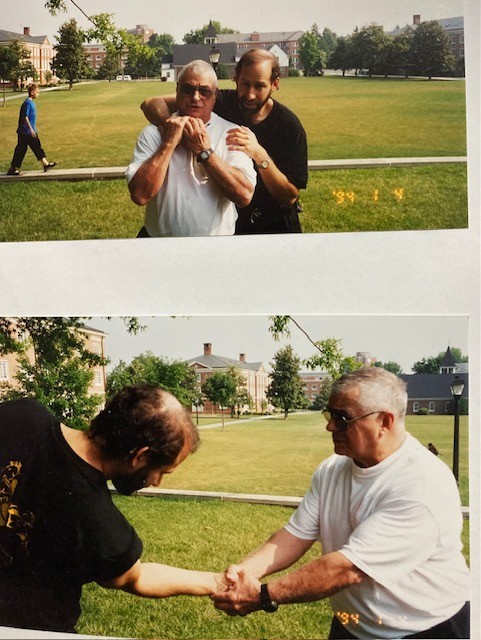
Training with Master instructor Bill D'Urso, Youshitsune Jujitsu, 1994 Virginia, USA
I come not to criticize but hopefully to improve. Over many years I have studied many systems of combat and observed many systems. On my trips to the USA, I would visit as many different martial arts schools as possible, covering a very wide range. Everything from various different styles of Karate to Kung Fu, Wu Wei, Judo, Brazilian Jujitsu, Western Boxing, Japanese Jujitsu in various forms, Ninjitsu, Thai Boxing, Korean styles, Pressure points, soft styles, hard styles, The Guardian Angles, New York Police force, old systems, new systems, sport fighting, acting fighting and so-called reality systems, and weapons, modern and traditional.
I have been around the block a few times.
But that was not enough; I put together my meager earnings and purchased dozens of videos, and later on DVDs. Again, I covered a wide range of styles; Russian Sambo, Wrestling, Shoot fighting etc. but not enough, I also watched every episode of the Japanese Bushido league. I recorded the fights and then watched frame by frame. I drew each technique. Yes, this was before cellphones and such cameras, so I actually drew each move and thus complied a huge folder of techniques. I amassed a library of hundreds of techniques. Then I attended the legendary Karate College seminars, four years in a row.
But that was not enough; I ordered martial arts magazines from the USA, Black Belt magazine, Karate Illustrated, Inside Karate, Inside Kung Fu etc.
I was a subscriber to several martial arts magazines for many years, my favor ite part being the technique of the month. Each month a technique was taught from a different stylé, accompanied by many photographs and explanations. I worked hard to learn each technique, often there would be 17 or so steps, but I followed it carefully, diligently. At some point I began to notice a pattern, the part that was the most, how shall I put it? mysterious, problematic, was the first part. I would look at it and think, but how do I do that first part? How to avoid the kick, or catch the punch, or manuever out of the way? Oh, never mind, I am sure the masters know what they are doing, I will just assume that I will eventually get the first part right, but for now I will focus on parts 2 to 17 B.
Eventually I realized that knowing steps 2 to 17 B without being able to do step number 1, was utterly useless. It was the first step that mattered most. This was many years ago and my ideas in martial arts took a long time and a lot of experience to jell, crystalize, to take form. This is now one of the foundations of IKI Krav Maga.
I will elaborate.
The first move is the most important move, this is the one that will give you the chance to survive a violent encounter. But the first move must be a defensive move that gets you out of the immediate trouble. What does this mean? It means that your first move clears the line of fire, not just grabbing the gun, your first move gets you away from the knife, not grabbing the knife. Your first move blocks the punch, releases the choke and so forth.
It is not steps 1 through 4 that release the choke, or the danger, your very first body move must do it. This means that if you start moving towards the target, but that move in and of itself does not get you out of the immediate danger, you have failed. If there is a choke, your first move is not just grabbing the attacker's arm, the first move should open up your breathing channels. Your first move against a knife threat removes the knife from your throat.
This is not so easy to put into words, it is easier to demonstrate it, but the idea is that while the first move does not complete your defense, it does remove the most immediate danger. If a gun, for instance, is placed against your head from behind, with our technique when your body first responds, before you actually touch the gun, your shoulder already moved the gun away from your head. If a bullet were fired, it would have missed. This does not mean the danger is over, far from it, but the most imminent threat is passed. If this does not happen, you will likely find a bullet in your head, and steps 2 - 5 will never happen. Too many styles, most in fact, rely upon high skill levels and very fast movement, the technique depends on these skills. The idea is that you must devote many years to training. But that is not the reality of the world today. Ninety nine percent of those wearing a white belt will never earn a black belt, so should they be doomed to death as worthless dropouts? Not in my book. I have had students attend one single seminar and survive a knife attack, or a gun threat. Yes, that has happened, all over the world. Very few of these real life heroes had high ranks.
You get only one first move, and that first move is critical. If you first move is not clearing the line of fire, or the line of attack, you are in trouble. With us, this first move will always be a Gross Body Move, and it will be a Total Body Movement, which means it is not your hands grabbing something, it is your entire body being involved in this motion. Again, it is easier to demonstrate this, but I want to plant the concept in your minds. For me this is revolutionary, a total game changer.
You only get one first move, you must make it count. and the rest...come to class.

Moshe Katz, 7th dan Black Belt, Israeli Krav Maga. Certified by Wingate Institute. Member Black Belt Hall of fame, USA and Europe.
Understand the Israeli Fighting Mentality - Israel a Nation of Warriors by Moshe Katz
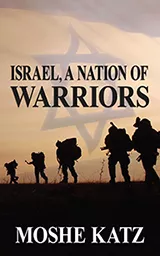
What is the cultural background of Krav Maga? What makes it unique? What makes the Israeli military so effective? Why are Israeli security systems used all over the world?
What are the Biblical origins of Krav Maga and who was the first Krav Maga instructor?
What weapons and military strategies did our Biblical ancestors use?
How has Krav Maga developed in Israel and what are its goals?
All that and more in this unique book.
Start Your REAL Training TODAY
Or is someone coming to save you?
IKI Krav Maga online distance training - Leading to ranks and certification.
Tour and Train Israel Experience
Personal Training - If you are interested in personal Krav Maga training please contact us on the form below.
